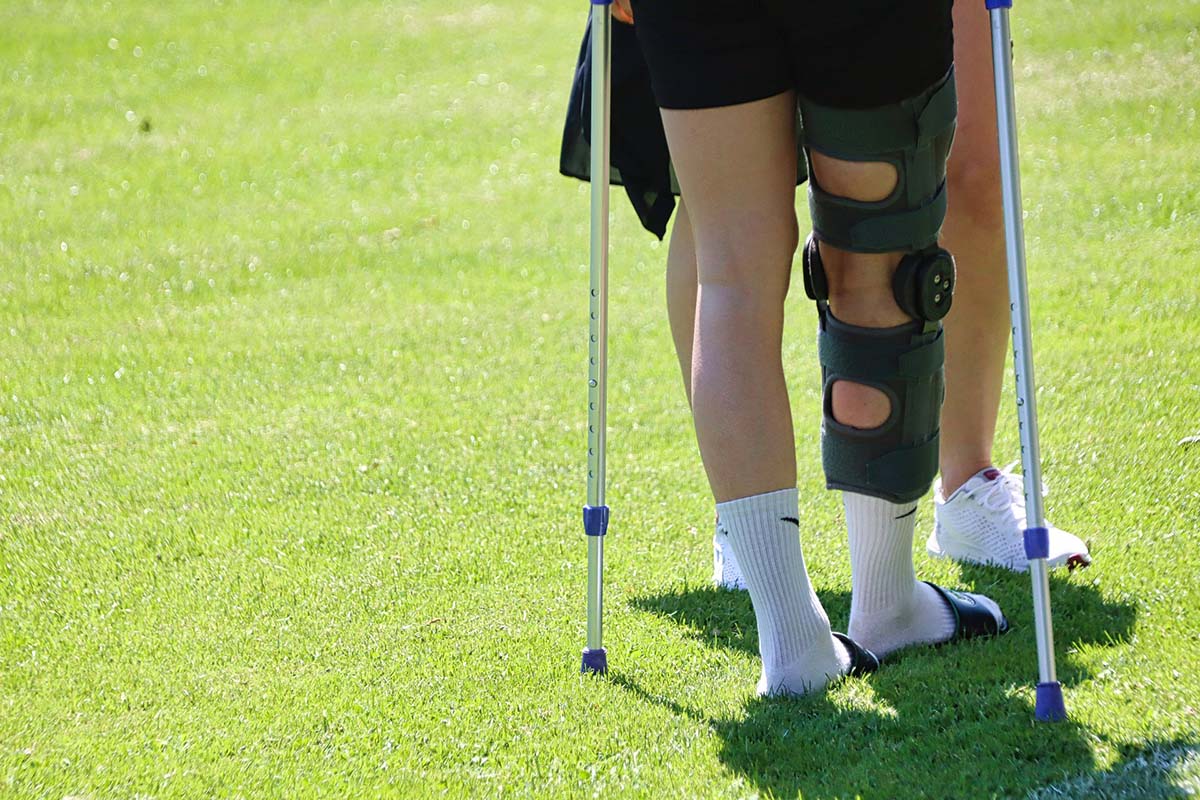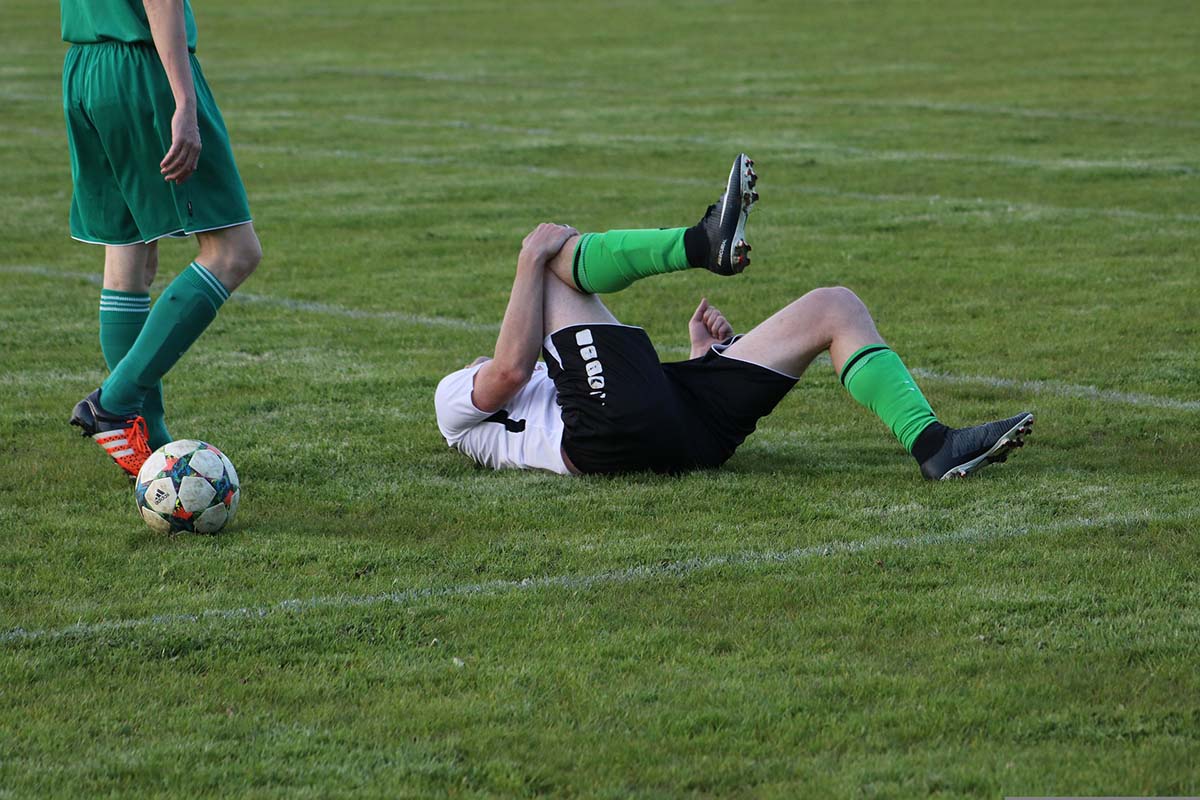A Better Understanding of the Sports Injury Laws
The world of sports is full of rules and regulations. To ensure the safety of all participants, these laws are necessary. However, they can also be confusing and difficult to understand.
That’s why it’s essential to clearly understand the different types of sports injuries and the laws that govern them. In this blog post, we’ll take a closer look at the different types of sports injuries and the laws that govern them. We will also provide some tips on how to prevent these injuries from occurring. So, be sure to read on whether you’re a coach, player, or parent.
Types Of Injuries
Acute and chronic sports injuries are the two main categories. While chronic injuries worsen over time, acute injuries happen suddenly and are much more severe. Both types of injuries can be serious, so knowing the symptoms and treatment options for each is essential.
Acute injuries are typically caused by a single event, such as a fall or a collision. These injuries can be severe and often require immediate medical attention. Common acute injuries include concussions, fractures, and ligament sprains.
Chronic injuries, on the other hand, develop over time. They are often the result of repetitive motions or poor form. Common chronic injuries include tendonitis, carpal tunnel syndrome, and shin splints.
Laws That Regulate Sports Injuries Now that we’ve looked at the different types of sports injuries, let’s take a closer look at the laws that govern them. While many people believe that sports injuries are simply a part of playing the game, there are actually laws in place to protect athletes from these types of injuries.
Now that we’ve looked at the different types of sports injuries, let’s take a closer look at the laws that govern them. While many people believe that sports injuries are simply a part of playing the game, there are actually laws in place to protect athletes from these types of injuries.
The main law that covers sports injuries is the Federal Tort Claims Act. This law allows athletes to file a lawsuit against the government if they were injured while participating in a sport.
However, many requirements must be met in order for the athlete to get legal protection and file a successful lawsuit. For example, the athlete must prove that the government was negligent in providing proper safety equipment or supervision.
Additionally, the athlete must also show that their injuries were a direct result of the government’s negligence. If an athlete can successfully meet these requirements, they may be able to receive compensation for their injuries.
While the Federal Tort Claims Act is the main law that covers sports injuries, there are also state laws that may apply. These laws vary from state to state, so it’s important to be familiar with the laws in your state.
In some states, the law requires that all sports injuries be reported to the state’s athletic commission. Other states have laws that allow athletes to sue for damages if they were injured due to another player’s negligence. It’s important to note that these state laws may only apply to certain types of sports injuries. So, if you’re unsure whether your state’s laws apply to your situation, be sure to speak with an experienced attorney.
How To Prevent Sports Injuries?
Now that we’ve taken a look at the different types of sports injuries and the laws that govern them let’s turn our attention to prevention. While it’s impossible to completely prevent all sports injuries, there are some things that you can do to reduce your risk. For example, make sure to warm up properly before participating in any physical activity.
Additionally, be sure to use the proper safety equipment and follow all safety rules. For example, always wear a helmet when participating in contact sports. Furthermore, it’s important to listen to your body and rest when you feel tired or sore. Taking these simple precautions can help reduce your risk of sustaining a serious sports injury.
Treatments For Sports Injuries
If you do happen to sustain a sports injury, it’s essential to seek medical attention as soon as possible. Depending on the severity of your injury, you may need to see a doctor, orthopedic surgeon, or even a physical therapist.
Surgery might be required in some circumstances to repair the damage. For example, if you suffer a torn ligament, you may need to have surgery to reconstruct the ligament. Additionally, you may need to undergo physical therapy to help you regain strength and range of motion.
While athletes have legal protections in place if they are injured while participating in a sport, it’s important to note that these state laws may only apply to certain types of sports injuries. So, if you’re unsure whether your state’s laws apply to your situation, be sure to speak with an experienced attorney.



















